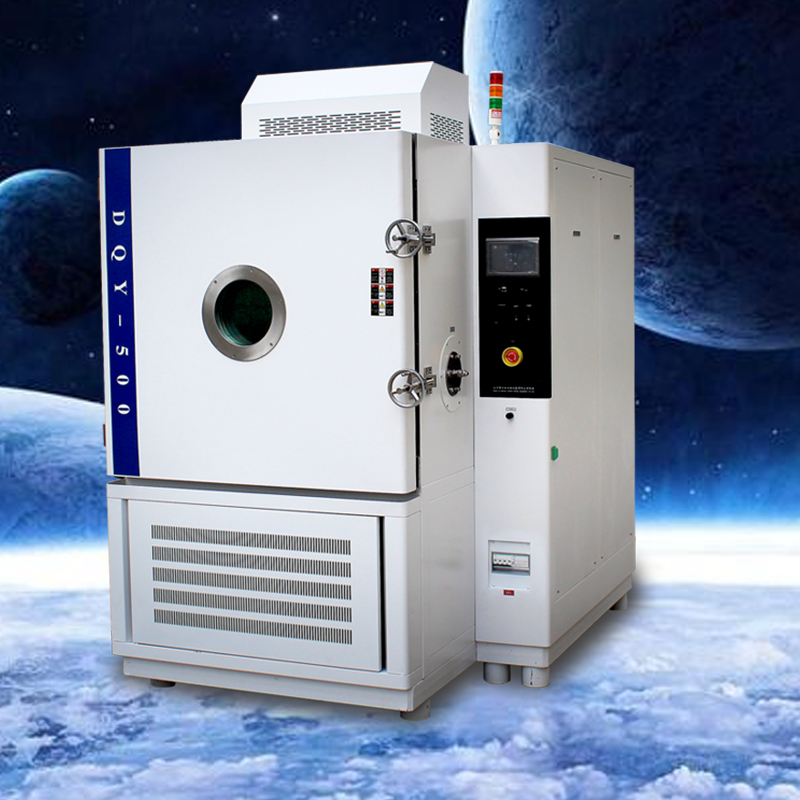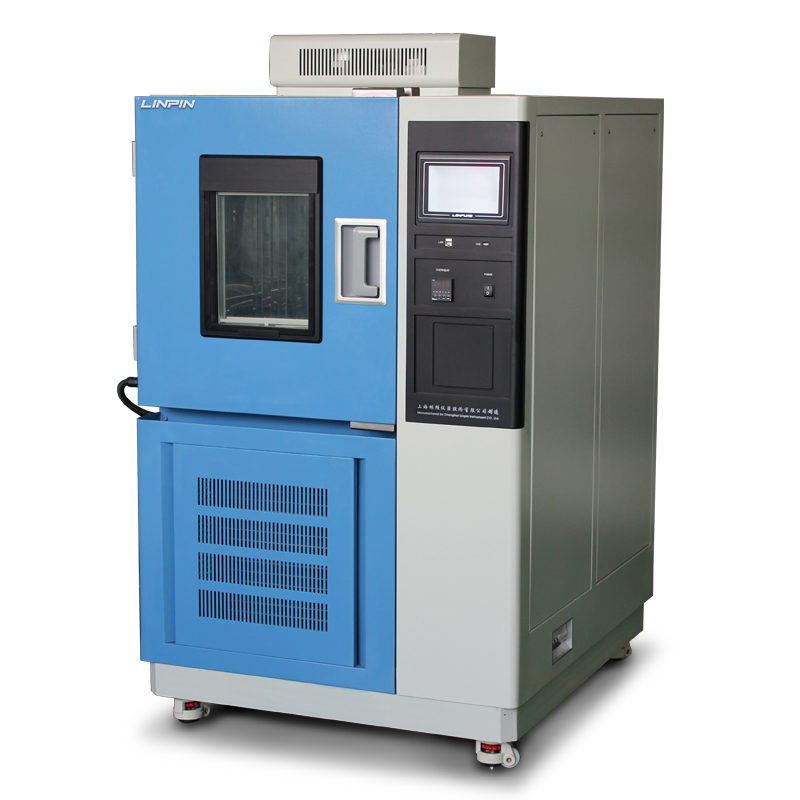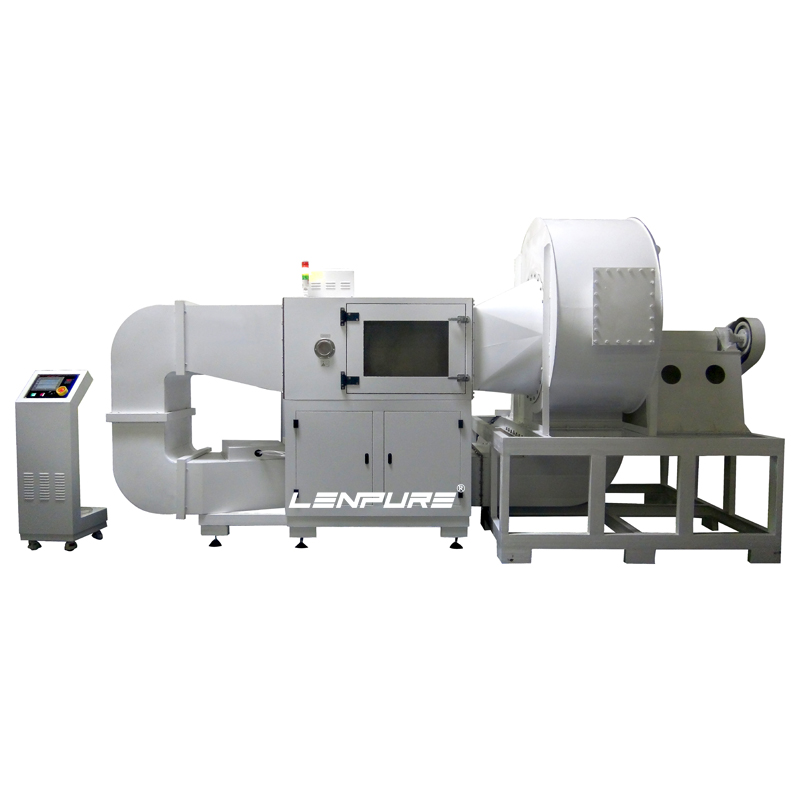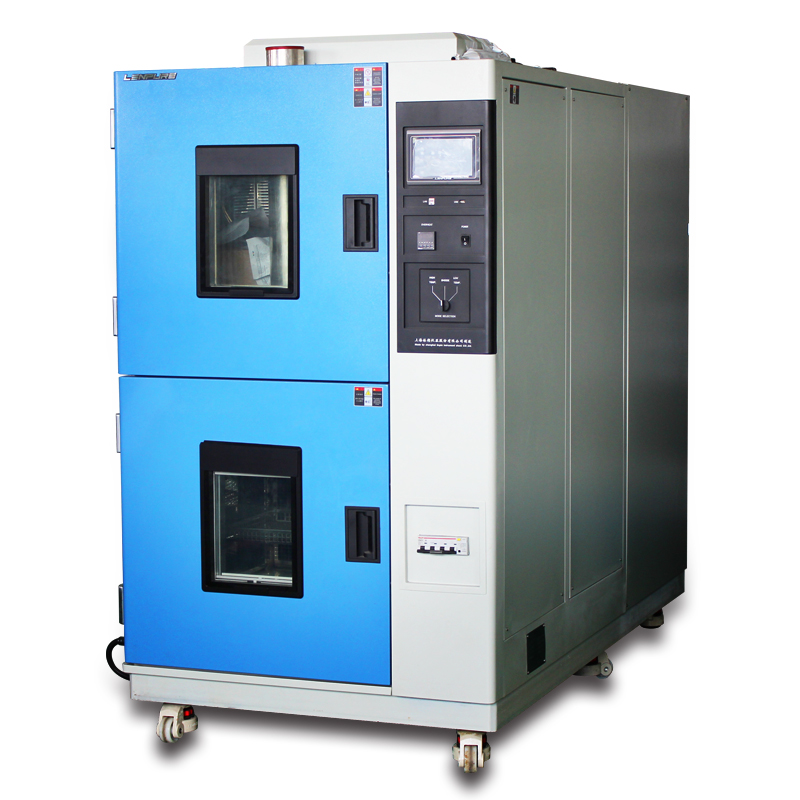How Does the Low-Pressure Test Chamber Benefit Humanity?
Author:LINPIN Update Time:2025-07-03 Source:LINPINThe low-pressure test chamber is a specialized device designed to simulate extreme low-temperature environments, primarily used to evaluate the performance and reliability of products or materials under frigid conditions. It typically consists of a sealed testing compartment, a refrigeration system, a temperature control system, and monitoring instruments.
Here are the key benefits the low-pressure test chamber brings to humanity:
-
Ensuring Product Quality – By replicating extreme cold conditions, the low-pressure test chamber validates product durability and functionality in harsh environments. This enhances overall product reliability and ensures stable operation under adverse conditions.
-
Safety Evaluation – It simulates freezing scenarios to assess product safety. For example, automotive components can be tested for cold resistance to prevent failures during winter driving, ensuring passenger safety.

-
Accelerating R&D – Researchers can use the chamber to test new products in controlled low-temperature settings, speeding up development cycles and fostering innovation while improving market competitiveness.
-
Energy Efficiency & Sustainability – The chamber optimizes energy consumption during testing, reducing carbon emissions and aligning with eco-friendly practices for sustainable resource use.
-
Establishing Industry Standards – Test results from low-pressure simulations help define industry-wide quality benchmarks, promoting standardization and technological advancement across sectors.
In summary, the low-pressure test chamber delivers critical advantages—enhanced product quality, safety assurance, faster innovation, environmental sustainability, and standardized industry practices—driving scientific progress and societal development.





